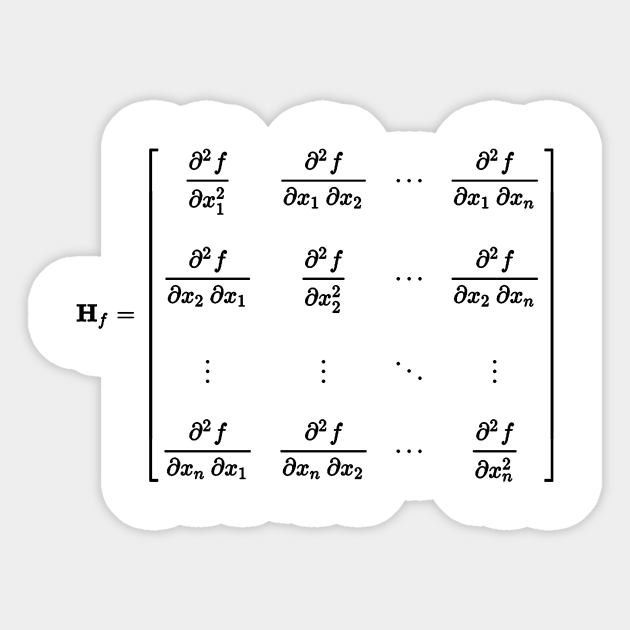
The result is you can’t trust the reported results, no matter how much they look like the results you usually get. The iterative algorithms that estimate these parameters are pretty complex, and they get stuck if the Hessian Matrix doesn’t have those same positive diagonal entries. The Hessian Matrix is based on the D Matrix, and is used to compute the standard errors of the covariance parameters. This makes sense for a D matrix, because we definitely want variances to be positive (remember variances are squared values). Without getting into the math, a matrix can only be positive definite if the entries on the main diagonal are non-zero and positive.

The variances of the intercept and slope would be on the diagonal and their covariance would be in the one non-diagonal place. So a model with a random intercept and random slope (two random effects) would have a 2×2 D matrix. The variances are listed on the diagonal of the matrix and the covariances are on the off-diagonal. The D Matrix (called G by SAS) is the matrix of the variances and covariances of the random effects. If you’d like a more mathematical and thorough answer, see one of the references. If you’ve never taken matrix algebra, these concepts can be overwhelming, so I’m going to simplify them into the basic issues that arise for you, the data analyst.


Parameter Estimates from the last iteration are displayed.” “The Hessian (or G or D) Matrix is not positive definite. If you have run mixed models much at all, you have undoubtedly been haunted by some version of this very obtuse warning:


 0 kommentar(er)
0 kommentar(er)
